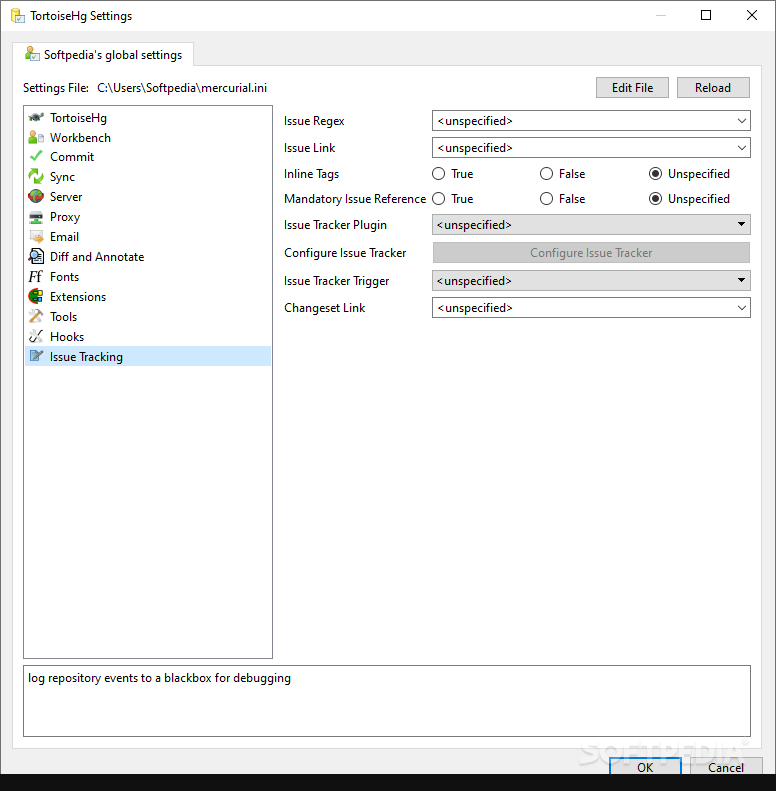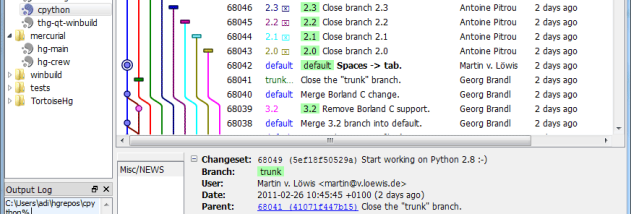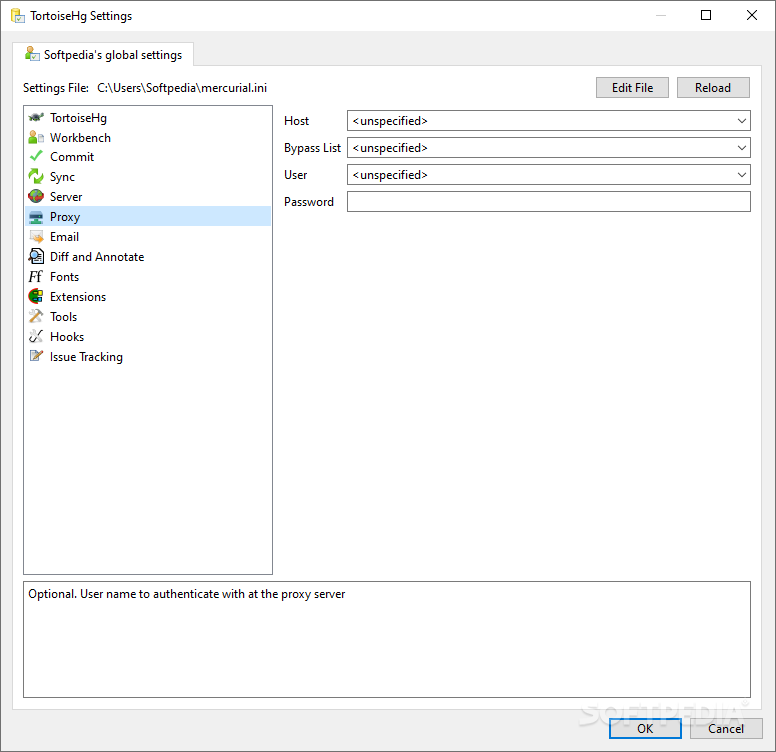

- #Tortoisehg on windows context issue how to#
- #Tortoisehg on windows context issue install#
- #Tortoisehg on windows context issue software#
- #Tortoisehg on windows context issue download#
- #Tortoisehg on windows context issue free#
Use the nmake command to compile the MatlabToolbox : Open a Visual Studio command prompt and change to your local ApCoCoALib folder. Set the include and lib pathes to your local pathes. Open the file makefile.vc in the ApCoCoALibToolbox subfolder. Prior to compilation you have to adjust the makefile. Location: C:\Programme\Microsoft Visual Studio 8 Microsoft Visual C/C++ version 8.0 in C:\Programme\Microsoft Visual Studio 8 Lcc C version 2.4.1 in C:\PROGRA~1\MATLAB\R2006b\sys\lcc Would you like mex to locate installed compilers /n? y Please choose your compiler for building external interface (MEX) files: The following information and dialogs will display. To do so open the Matlab command prompt and type in: mex -setup MSVC has to be defined as the default mex compiler. The MatlabToolbox will use the mex.bat to generate mex files.
#Tortoisehg on windows context issue download#
#Tortoisehg on windows context issue how to#
#Tortoisehg on windows context issue install#
TortoiseHG will install mercurial on your system and adds a context menu in the MS Explorer providing many of the needed functionalities.

The MatlabToolbox is managed with the source control system mercurial.
#Tortoisehg on windows context issue software#

This site is set up to collect all necessary bits and pieces to compile the MatlabToolbox on Windows.I'd be happy to hear your input on my configuration. Although I haven't tried setting up SSH yet, I think it would be pretty easy. You probably noticed this uses HTTPS instead of SSH. I believe the syntax is similar to git, so it would essentially be killing two birds with one stone if I learned the Mercurial commands. I still want to familiarize myself with hg (the chemical symbol for mercury) commands. Now I can do the commits and pushes right through Netbeans, never touching the command line. If it isn't there, enter MY_FIRST_NAME MY_LAST_NAME as the value for username. The Mercurial username should already have been pulled from the mercurial.ini file. Then I paste the url into the "default-push" and "default-pull" fields. I right-click on that and go to Mercurial > Properties. I locate the sources folder in the project I just created. Instead of copying the entire command ($ hg clone just grab the HTTPS url. Initializing the Project After you create the repository on BB, you will see a command to clone your repo. After that is done, I initialize the project in netbeans. Before I initialize the project, I create the repo on BB. When I sync a folder to my remote BB repo, I just sync the source files folder. Most text editors will work.editor = notepadusername = MY_FIRST_NAME MY_LAST_NAME On Windows, I had to create the file with this info: editor used to enter commit logs, etc. Windows 7: C:\Users\MY_NAME\mercurial.ini.Windows XP: C:\Documents and Settings\MY_NAME\mercurial.ini.Main Setup After the installation you have to look for mercurial.ini at the following location: you can right-click and select TortoiseHG > Create Repo Here That easy!) Installed Tortoisehg (Tortoisehg is a Mercurial package for Windows that includes integration into the system's context menus e.g.Preliminary Setup These were the main things I did to before I set up the main VCS : Github does have some cool features that BitBucket lacks, like the Network Graph, so I'll probably use it if I ever start a public open-source project.
#Tortoisehg on windows context issue free#
Why I Chose BitBucket/Mercurial I chose BitBucket for my current development project because it offered free private repositories, unlike Github. I just set up a simple little version control system with my favorite IDE, netbeans.


 0 kommentar(er)
0 kommentar(er)
